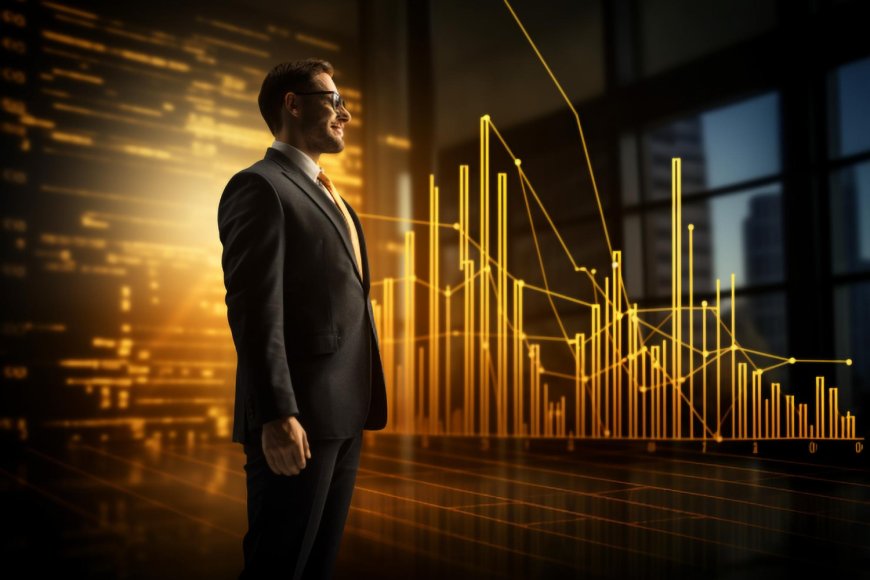The metal and energy trading markets are intricate and dynamic, offering both significant opportunities and risks for investors. Various factors, such as supply and demand, geopolitical tensions, economic indicators, and technological advancements influence these markets. Understanding the complexities of these markets requires a solid grasp of their unique dynamics.
Understanding Metal and Energy Trading
Metal trading generally involves the buying and selling of physical metals or financial contracts based on metal prices. This market covers a wide range of metals, including precious metals like gold, silver, and platinum, as well as industrial metals like copper, aluminum, and zinc. The prices of these metals are highly sensitive to global economic conditions, industrial demand, and mining production levels.
Energy trading, on the other hand, involves the exchange of energy products such as oil, natural gas, and renewable energy sources. The energy market is one of the largest and most volatile in the world, largely due to geopolitical factors, environmental policies, and technological shifts. Prices are also affected by supply-demand imbalances, weather events, and OPEC's production decisions.
Factors Driving Metal and Energy Markets
-
Supply and Demand: The fundamental principle driving both metal and energy prices is the relationship between supply and demand. For metals, the industrial sector's growth plays a significant role, as metals are used in construction, electronics, and transportation. Similarly, in the energy sector, rising global energy consumption, especially in emerging markets, drives demand for oil and gas, influencing prices.
-
Geopolitical Events: Political instability, wars, sanctions, and trade policies can have a profound effect on both markets. For instance, conflicts in oil-producing regions such as the Middle East can disrupt supply chains, causing oil prices to fluctuate.
-
Environmental Regulations and Technological Advances: Increasing regulations around emissions and sustainability push the energy market toward cleaner and renewable sources, such as solar and wind. The shift to renewable energy impacts traditional energy prices, while also creating opportunities for investments in green technologies.
Challenges in Metal and Energy Trading
Navigating these markets requires understanding and managing several key challenges:
-
Market Volatility: Both metals and energy markets are highly volatile, making it difficult for traders to predict price movements accurately. Volatility arises from sudden changes in supply chains, shifts in demand, and external factors like natural disasters or global crises.
-
Risk Management: Effective risk management strategies, such as hedging and diversification, are critical in mitigating the impact of volatility. Traders need to employ tools that can help them manage large exposures while maximizing profits.
-
Regulation and Compliance: Both markets are heavily regulated, with governments and international bodies establishing policies to ensure fair trading practices. Traders must remain compliant with these regulations to avoid penalties and ensure transparency in their transactions.
The Future of Metal and Energy Trading
The future of metal and energy trading lies in adapting to the changing dynamics of the global economy. Advancements in technology, such as blockchain and AI-driven predictive models, are set to revolutionize how these markets operate. Blockchain could provide greater transparency, while AI could enhance decision-making by predicting market trends based on vast datasets.
Additionally, the growing demand for sustainable and ethical sourcing in both metals and energy is likely to reshape the market landscape. As more investors seek green energy solutions and responsibly sourced materials, businesses must adapt to these consumer preferences, which will drive innovation and transformation in the sector.
Conclusion
Trading in metals and energy requires an understanding of complex global factors, from supply and demand to geopolitical events. The market's volatility, regulatory framework, and technological advancements shape how investors navigate this space. By staying informed and using effective risk management strategies, traders can capitalize on the opportunities presented in these essential markets.















